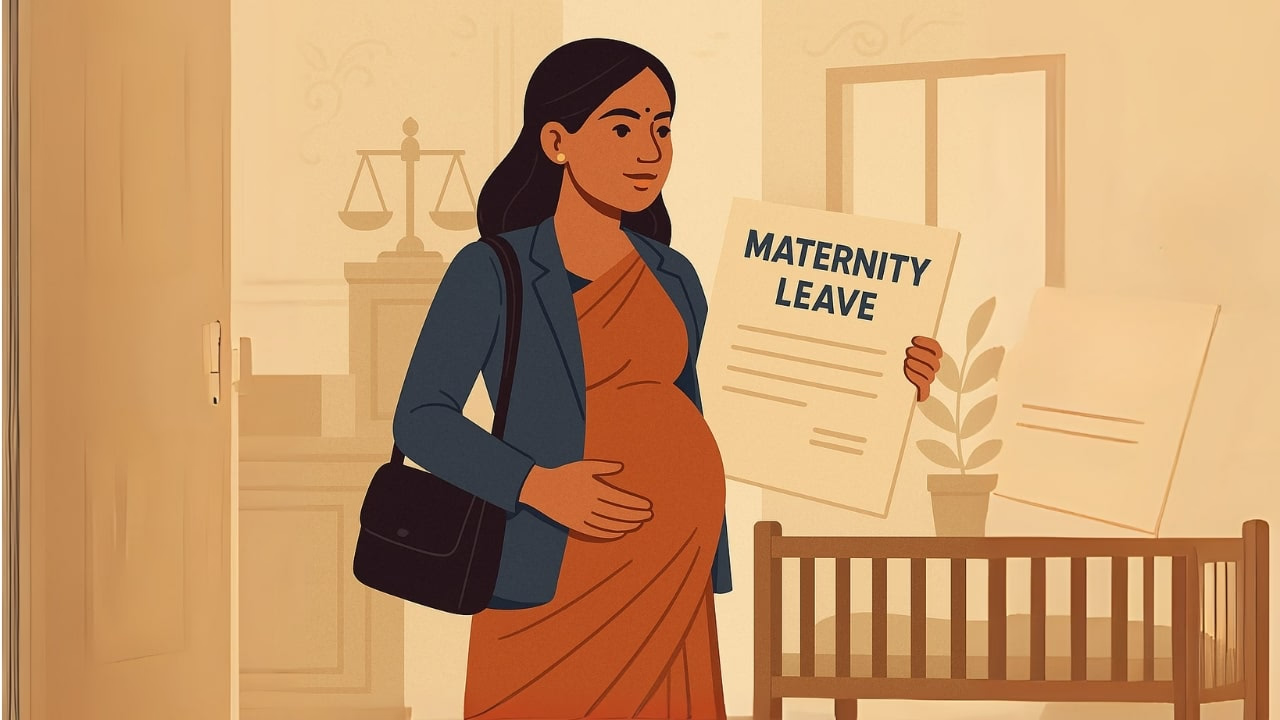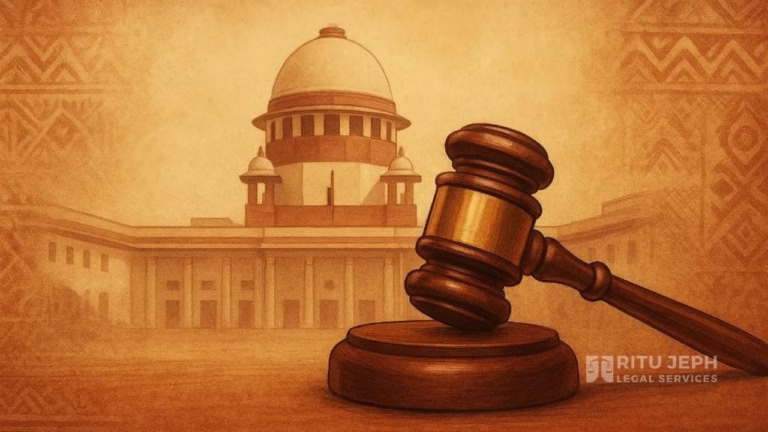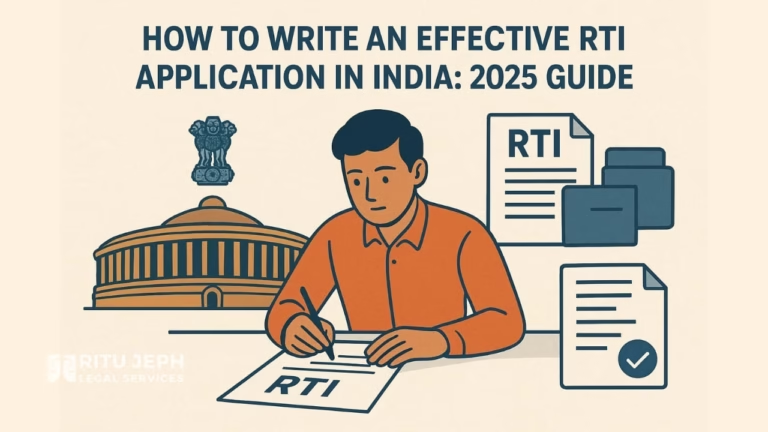Book Appointment Now

Maternity Leave in India: Supreme Court’s Landmark Ruling and the Road Ahead
Maternity Leave in India gets a major boost as the Supreme Court rules in favor of leave for a third child, reinforcing women's reproductive rights.
In India, many women are forced to leave their jobs after becoming mothers. Sometimes it’s due to personal reasons, but often it’s because they don’t get enough support from their employers. To help women stay in the workforce, the government has introduced benefits like paid maternity leave and creche facilities. These are meant for both government and private sector employees.
However, many women still struggle to get maternity leave. One of the main problems is that most government rules allow maternity leave in india for only up to two children. These rules were made long ago to promote the government’s two-child policy.
ALSO READ: Detailed Guide to the Code of Civil Procedure, 1908: All 51 Orders and Key Sections Explained
But recently, the Supreme Court gave a very important judgment — it said that a woman should be allowed maternity leave even for her third child. This decision is being seen as a big step for women’s rights in India.
What Was the Case About?
The case involved a government school teacher from Tamil Nadu. Before she became a teacher, she had two children from her first marriage. After her divorce, she remarried and had a third child. But her school denied her maternity leave for the third child, saying that under Tamil Nadu’s rules, leave is allowed for only two children.
She went to the Madras High Court, where a judge ruled in her favor. However, a larger bench later overturned that decision. So, she took her case to the Supreme Court.
What Did the Supreme Court Say?
The Supreme Court ruled in her favor. It made several key observations:
- Maternity leave in india is not just a benefit — it is a part of a woman’s reproductive rights.
- Reproductive rights are protected under Article 21 of the Constitution, which guarantees the right to life and personal liberty.
- The Court rejected the Madras High Court’s view that maternity leave is not a fundamental right.
- It agreed with a previous Delhi High Court ruling, which said maternity leave is important for the health of both the mother and the child.
However, the Court did not say that all women are automatically entitled to maternity leave for a third child. What made this case unique was that the woman’s first two children were born before she got the government job.
Still, the Court’s ruling — that maternity leave is part of fundamental rights — may help expand the scope of maternity leave in future cases.
The Court also pointed out that while controlling population is important, policies should not deny maternity benefits to women.
What Does the Law Say?
There is still confusion when it comes to maternity leave laws.
The Maternity Benefit Act, 1961 (amended in 2017):
- Gives 26 weeks of paid leave for the first two children.
- Allows 12 weeks of leave for each additional child after that.
- Applies to companies, factories, mines, and shops with more than 10 employees.
But central and state governments have their own service rules, which are often less generous than the Maternity Benefit Act.
For example:
- Rajasthan used to give only 90 days of leave, and that too for up to three children only.
- In 2024, the Rajasthan High Court said the state should follow the Maternity Benefit Act and grant 180 days of leave to all eligible women.
- The court also said this benefit should be given to women in the unorganized and private sectors as well.
What About Women in the Unorganized Sector?
Even in the private sector, many women struggle to get maternity leave. The situation is worse in the unorganized sector — where most workers don’t have written contracts.
According to the International Labour Organization, more than 80% of Indian women work in the unorganized sector. Most of them do not get access to maternity benefits.
On one hand, women are being denied basic rights like maternity leave. On the other hand, some southern states like Tamil Nadu and Andhra Pradesh are encouraging families to have more children. This shows how confusing and inconsistent government policies can be.
Conclusion
The Supreme Court’s recent ruling is a milestone in the fight for women’s rights in India. By saying that maternity leave is part of fundamental rights, the court has made it clear that the health of mothers and their children must come first.
But the journey doesn’t end here.
There’s still a lot to be done to ensure:
- All women — whether in government jobs, private companies, or the unorganized sector — can access maternity leave.
- Governments update old rules to match modern needs and laws.
- Employers are held accountable when they deny women their rightful benefits.
This judgment has laid the foundation. Now, it’s up to the courts, governments, and society to build on it and make sure that no woman is left behind.



